Traditional Archery Clothing
Traditional Archery Clothing
Who doesn’t want to look the part? With the growing popularity and revival of traditional archery around the world, there is also an increasing demand for traditional archery clothing. Much like all clothing in general there is an aspect of fashion as well as practically in all archery clothing. This article examines the garb of various cultures known for their history of archery.
Traditional Archery Clothing – Japanese (Kyūdō)
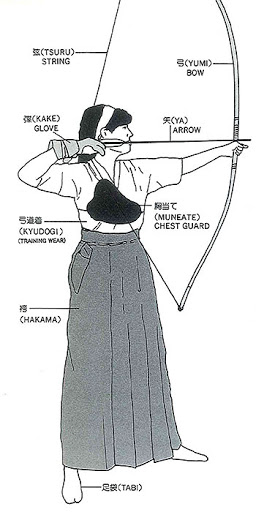
- Gi, Kyudogi , keiko-gi (top)
- Hakama (pantskirt)
- Obi (belt)
- Tabi (socks)
- Kimono
- Muneate (chest protector)
- Setta and zori (sandals)
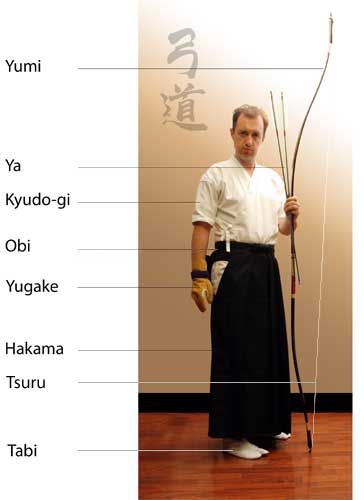

Traditional Archery Clothing – Chinese
In ancient times, traditional clothing consisted primarily of loose-fitting robes. As with many other cultures and traditions, clothing signified social status, rank, and/or occupation. During several dynasties, strict rules as to the color and materials for clothing were followed.
Hanfu
The term Hanfu describes the historically traditional clothing worn by the Han people in China. This clothing style consists primarily of loose-fitting robes for the upper garment and long skirts for the lower garment. These garments, particularly the robes would influence other culture’s dress in Asia including the Japanese (kimono) and Koreans (hanbok).
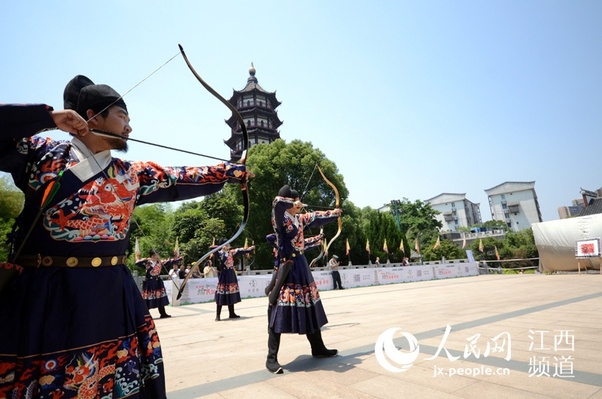
Commoners typically had their clothing made from hemp or cotton, while richly decorated silk was used by people of higher social rank. There were several variations that were worn over the long history of China. Some variants of clothing evolved over time and others were influenced by the Mongol invasions. We will highlight some examples below:
Chinese Robes
- Yesa (曳撒) or Yisa (一撒) – originating in the Ming dynasty, this garment was heavily influenced by the preceding Yuan dynasty who in turn adopted their robe from an ancient Mongol garment. It was used, initially by royalty and their officials, but was later adopted and worn by commoners.
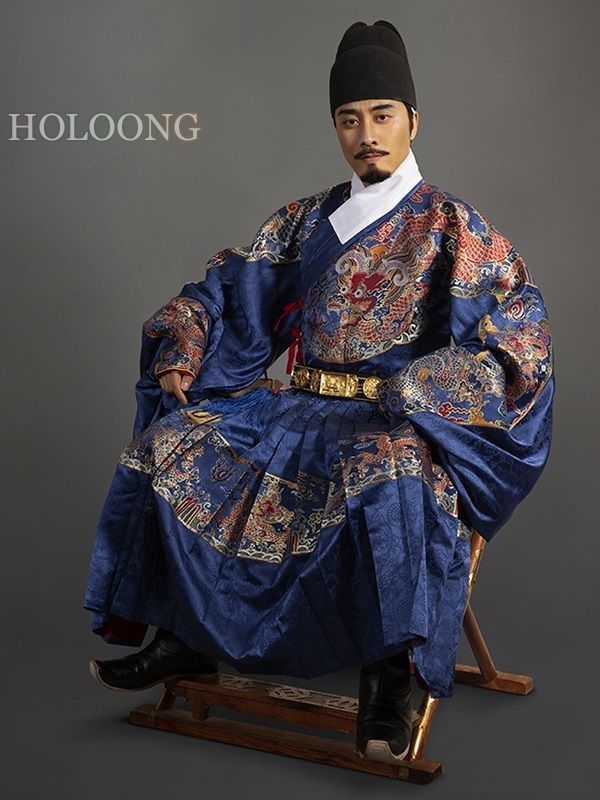
- Tieli (贴里) – another style of robe inherited by the Ming dynasty from the Yuan dynasty which came before it. The Yuan dynasty had been established by Kublai Khan, grandson of Ghenghis Khan. Some would argue that in a sense it was not the Mongols that had conquered China, but rather it was the Chinese who assimilated the Mongols. There is some truth to this as Kublai and his court adopted much from the Chinese in terms of culture and language.

The Tieli style of robe would become the most common Chinese robe, especially among government officials. The robe is available in slight variations, with wide, narrow, and short sleeves. The lower portion was pleated or folded in a variety of ways and had an internal hem on the backside to make it into the shape of a large skirt.
- Zhiduo (直裰) – a traditional men’s robe worn as casual wear and also popular among the priest class. The robe is long, reaching below the knee and features an overlapping collar
Traditional Archery Clothing – Korean
Hanbok is the name for the style of traditional clothing in Korea. The quintessential article of clothing for the traditional Korean archery would be a jacket and high-waisted skirt. This style of clothing is very reminiscent of the nomadic clothing of the steppe. The main components of the Hanbok style are as follows:
- Jeogori – the upper portion of the outfit worn by both men and women. It is a robe-like jacket that could be either plain or richly embroidered and decorated
- Chima – the lower skirt portion. Usually tapering out from above the waist.
- Baji – the pants or trousers of the men’s outfit. It is the formal word for trouser in Korean

Another interesting article of the traditional Korean dress is the horsehair hat known as a gat. It is thin and nearly transparent with a bamboo frame. The cylindrical shape and wide brim make it quite recognizable. It was usually worn by merchants and the more well-to-do castes.
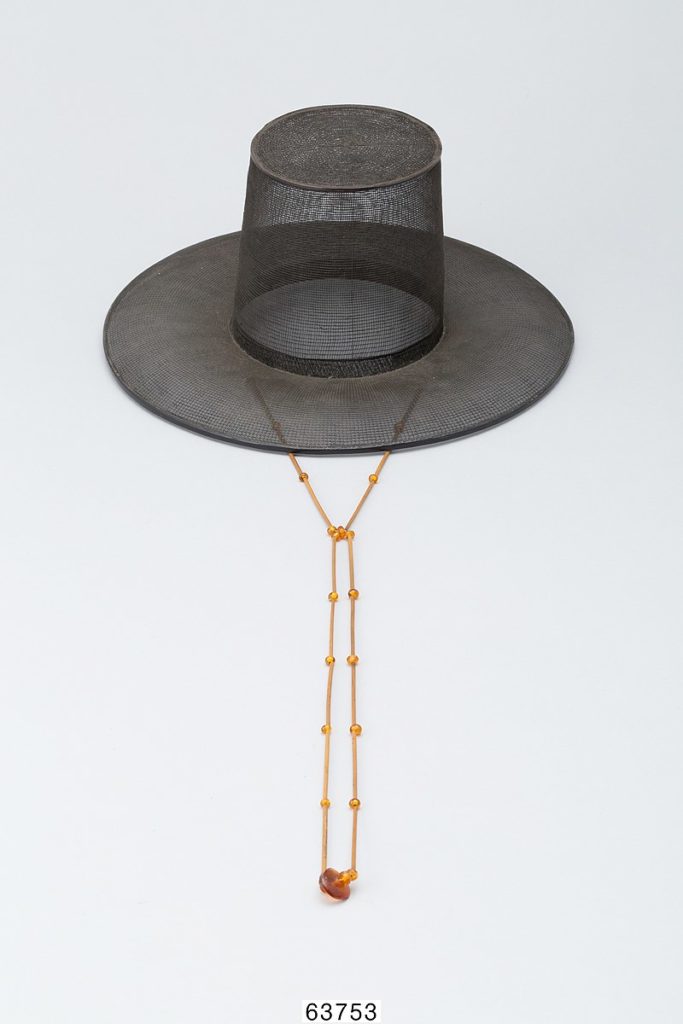
Traditional Archery Clothing – Magyar
The ancient Magyars wore clothing typical of most steppe nomads before the conquest of Hungary in the late 9th century A.D. Both men and women wore long robes, baggy trousers, and leather boots. Nobility and the more well-to-do had their clothing manufactured from silk and was richly embroidered, while commoners had clothing made from hemp or linen.

The 10th-century Persian explorer Ahmad ibn Rustah Isfahani traveled to eastern Europe, particularly to Novgorod where he chronicled his journeys. He also wrote extensively on the second-hand information he received of the Slavs, Khazars, Bulgars, and Magyars. He explains how the Magyars were purchasing silk-brocade fabrics and other manufactured goods from the Byzantines.
Other than a silk caftan, or long robe, baggy silk trousers, and leather boots, a well-to-do Magyar warrior could wear a mail shirt and steel helmet. Heavy armor was no common as the Magyars preferred to sacrifice armor for speed and maneuverability while mounted. Furs, leather, and metal were used to construct sturdy hats, very reminiscent of the Turkoman bork.

Magyar Belts
Another important aspect of an ancient Magyar attire would have been a warrior’s belt. The belt was used as an outward expression of social status or rank. Some exquisitely made leather belts have been recovered that were reinforced with silver or gold plates. The motifs on the metalwork are of animals, very similar to earlier Avar animal style art, and floral patterns similar to Turkish artwork.
Hanging from this belt would have been all the essentials for a Magyar warrior, a small ax and dagger if he was more well-off a richly decorated saber, and a tarsoly, or belt pouch. This pouch would have temporarily held money in the form of coinage, food, medicine, and later ammunition. They are still manufactured today in Hungary with great skill and they look great in our humble Hungarian opinion.
http://www.turania.hu/catalog/lemezes-tarsoly
https://www.magyarbordiszmu.hu/hu/tarsoly

Traditional Archery Clothing – Turkish
Having a lengthy and strong history with the bow, arrow, and horse, traditional Turkish archery clothing is making a big comeback. Clothing in the Ottoman era, much like in many other times and places, was used to express social status and rank. If you would like to look the part of an Ottoman archer, particularly a mounted archer, it would be best to consider the following articles of clothing.
IMAGES CREDIT TO MAMLUKARCHERY.ORG, VISIT THEM TO PURCHASE!
- Zıbın – a short-fitted jacket, often plain but occasionally richly embroidered.
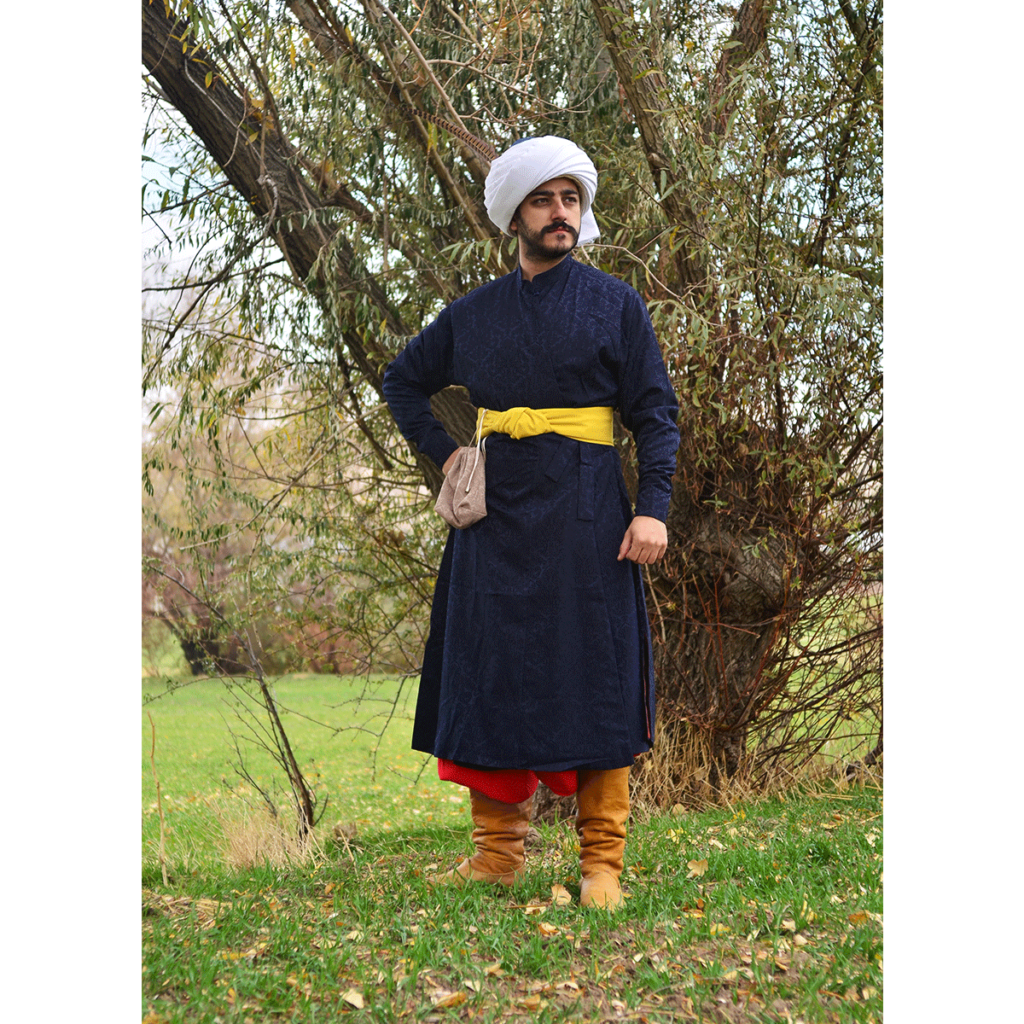
- Dolama – a commonly used piece of clothing among the Ottomans. Typically worn over a shirt and under a kaftan. It was widely used between the 14th and 19th centuries.
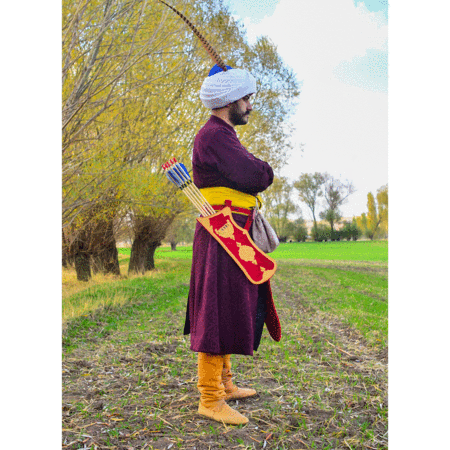
- Kaftan or Caftan – a long jacket that is long-sleeved with buttons on the chest and wrists One of the most commonly used pieces of clothing among the Ottomans. It is always worn over a dolama or zıbın. It was widely used between the 14th and 19th centuries.
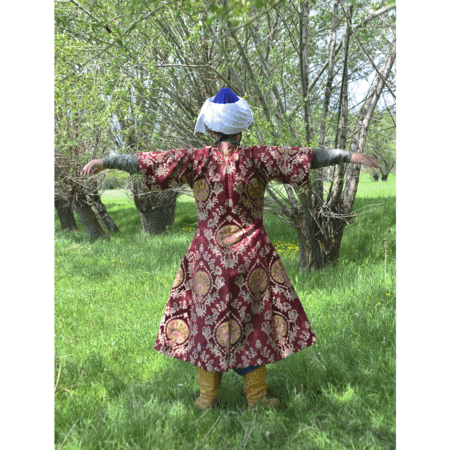

- Kuşak’ (a sash) – typically worn over the caftan or other jackets to hold them closed. Also, a decent place to tuck weapons, daggers, pistols, and the like (for reenactment purposes).
- Headgear – before the Ottoman era, a felt or leather cap, sometimes trimmed with fur was used to protect the heads of Turks from the elements while on the steppe lands. Later on, in Ottoman times, headgear was used to signal a male’s social status within society. High-ranking officials and/or the wealthy would wear a variety of turbans, sometimes very large ones to signify high social rank.

Traditional Archery Clothing – Mongolian
Mongolian traditional clothing was adapted to live on the steppes of Asia. The quintessential article of clothing is known as a deel. Is a robe-like garment similar to a caftan. They were made from a variety of materials most commonly including cotton, wool, or silk. They can be plain or richly decorated and come in a variety of exquisite colors. This traditional garment is commonly worn with a silk belt around the waist as well as large leather belts.
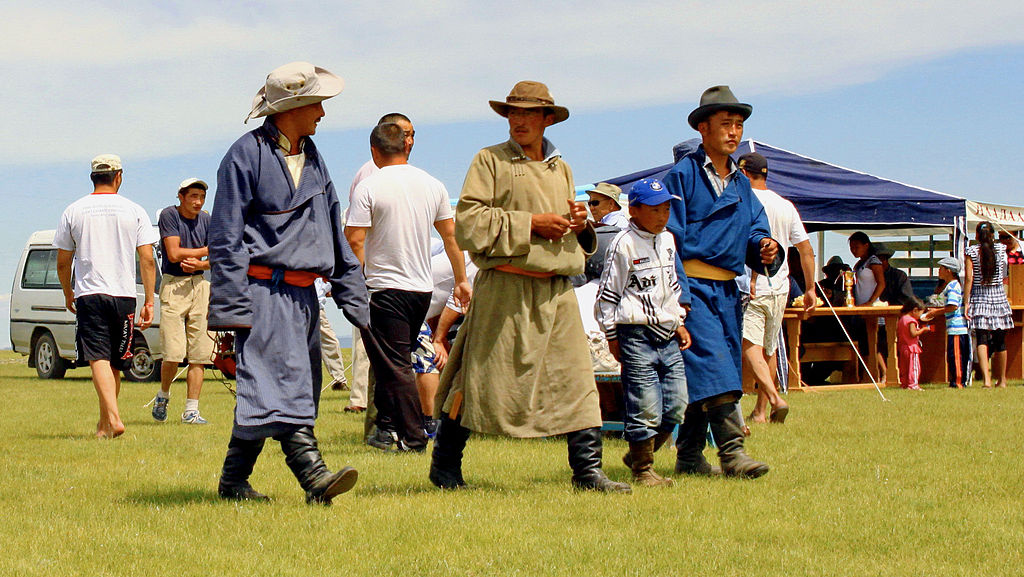
The medieval Mongols were also well known for the use of various furs for clothing, such as caps, jackets, and gloves. The harsh winter on the steppe makes the insulating property of certain furs necessary to withstand the cold air.
Sturdy and high-quality leather riding boots are also a necessity for a life on the steppe. They feature thick and occasionally richly decorated leather with upturned, slightly curled toes.
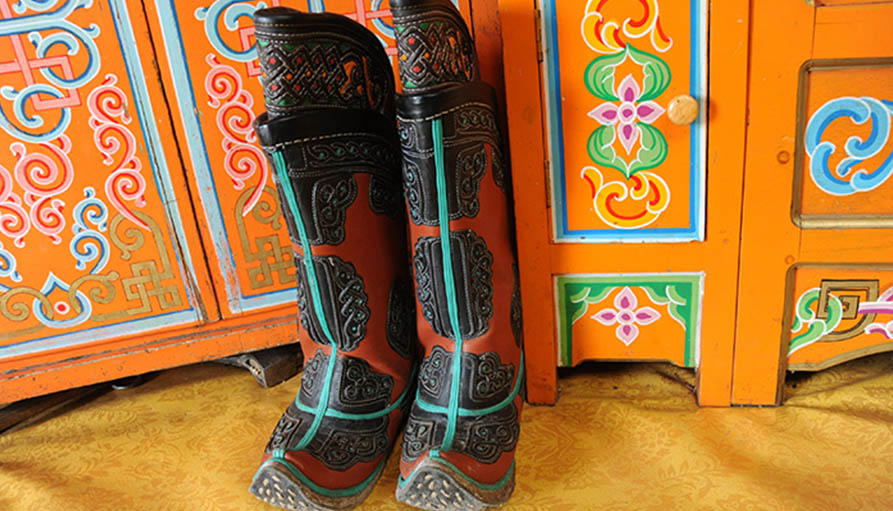
The last article of clothing to consider for the Mongol archer is a traditional hat. They come in a variety of styles and colors for different seasons, occasions, and sexes. A common type is the Toortsog. Typically made from felt and/or other fabrics, the hat features panels that are folded up. The middle of the hat extends upwards and ends in a knot. Hats and headgear were used in Mongolia to signify social status as with many other cultures and societies.

PLEASE VISIT https://mongolianstore.com FOR MORE!
Traditional Archery Clothing – Scythian
The Scythians were among the first groups of nomads from the steppe to be remembered in history. They developed their clothing in response to their nomadic way of life, which involved the riding of horses, hunting, and warfare. Some clothing has been recovered from ancient Scythian burials which helps us immensely in understanding the traditional archery clothing of the Scythians. While the clothing in these burials belonged to the wealthier strata of Scythian society, several pieces of Greek artwork, mostly vases, and cups depict everyday Scythians in their attire.
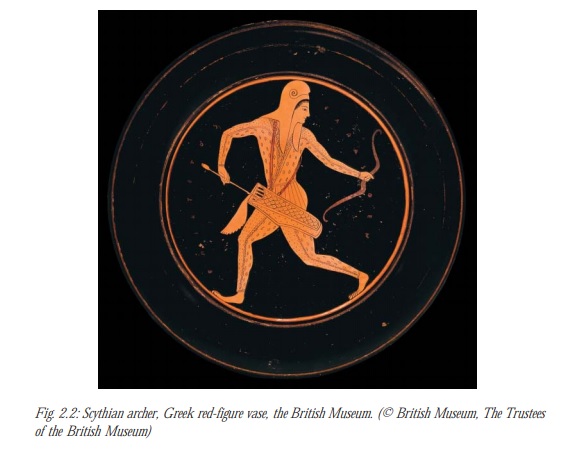
They are depicted as wearing long-sleeved jackets, fastened by leather or strips of cloth, patterned trousers, cloth or leather boots, and a distinctive pointy cap. The Scythians are also almost always depicted wearing belts, from which hangs a variety of weapons, most commonly small bladed axes, and daggers.
Another item unique to the Scythians was a gorytos. This was a leather and metal bow case and quiver in one that was worn on the left side of a warrior’s belt, with the opening pointing towards the rear. Several have been recovered which were richly decorated with metal plates and some surviving specimens after being examined under a scanning electron microscope were found to be made from human skin.
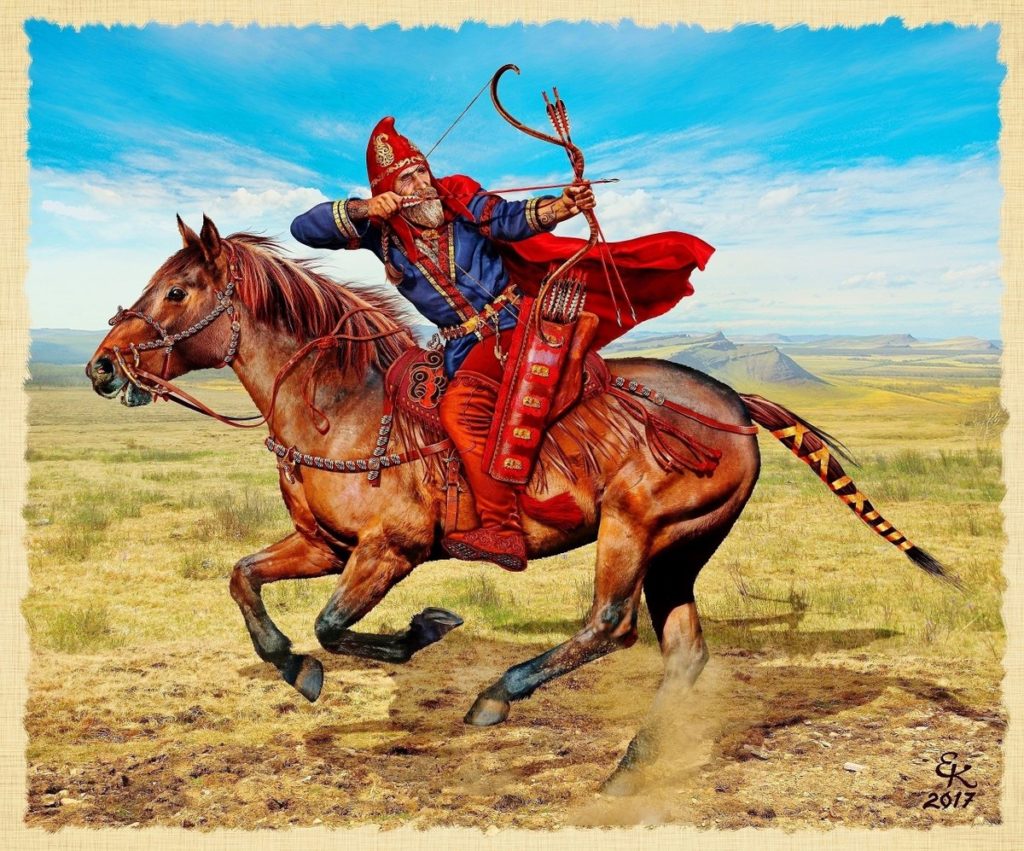
Another grand civilization the Scythians interacted with was that of ancient Persia. The famous king Persian king Darius had in his city of Persepolis a palace built where conquered nations would bring him tribute. The reliefs on the walls leading to the king show scenes of various nations in a procession towards the king. They bear tribute of various kinds, and in one section of the relief, you find the Scythians, with their coats, trousers, boots, and iconic pointed hats.

Traditional Archery Clothing – English Longbowman
The English longbowman of the medieval era, particularly during the Hundred Years War between England and France, were mostly conscripted from the humble common folk. A contract existed between the longbowman and his employer (the local lord or King himself) and the longbowman’s armor and arms were supplied by his boss.
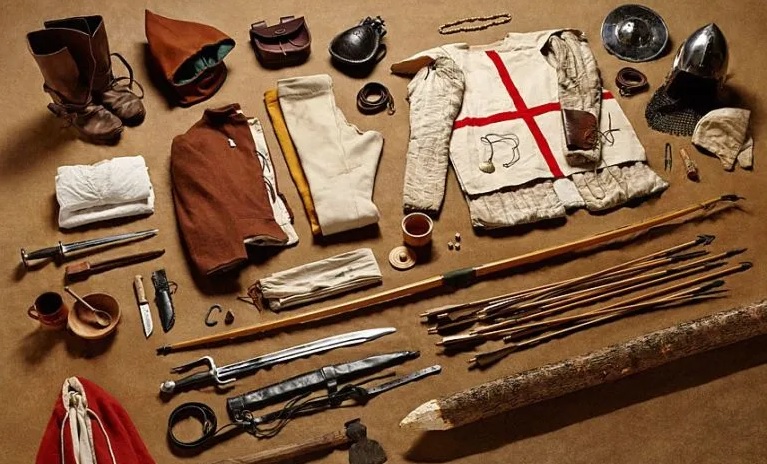
Detailed records were kept during the 15th centuries taking into account the supplies for the army. An archer of this time would expect to receive as his attire:
- Brigandine – a common European medieval armor typically consisting of thick cloth or perhaps leather. On the inside of the brigandine, steel plates were securely riveted to the outer fabric. A secondary inner fabric layer may have been present in order to provide even more protection.
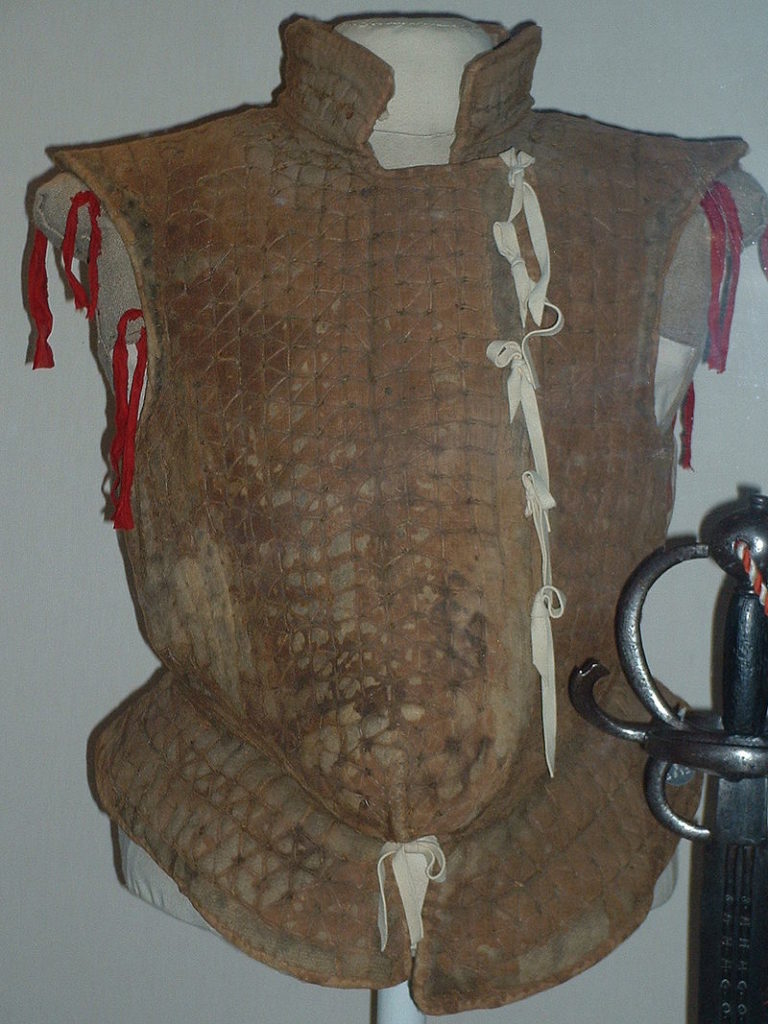
- Gambeson – usually a knee-length padded and quilted jacket. Sometimes worn as is or combined with mail or plate armor.
- Livery – the iconic red cross worn by the English. Derived from from Saint George’s Cross. This was usually a sleeveless garment worn over the armor as the final layer.
- A steel helmet typically a cervelliere or skull cap which basically a simple metal bowl. Heavier more advanced helmets such as a bascinet would have been worn by those that could afford to.
- A small shield is known as a buckler and a short sidearms were also common
- Sheaves of arrows and hemp cords to tie them together.